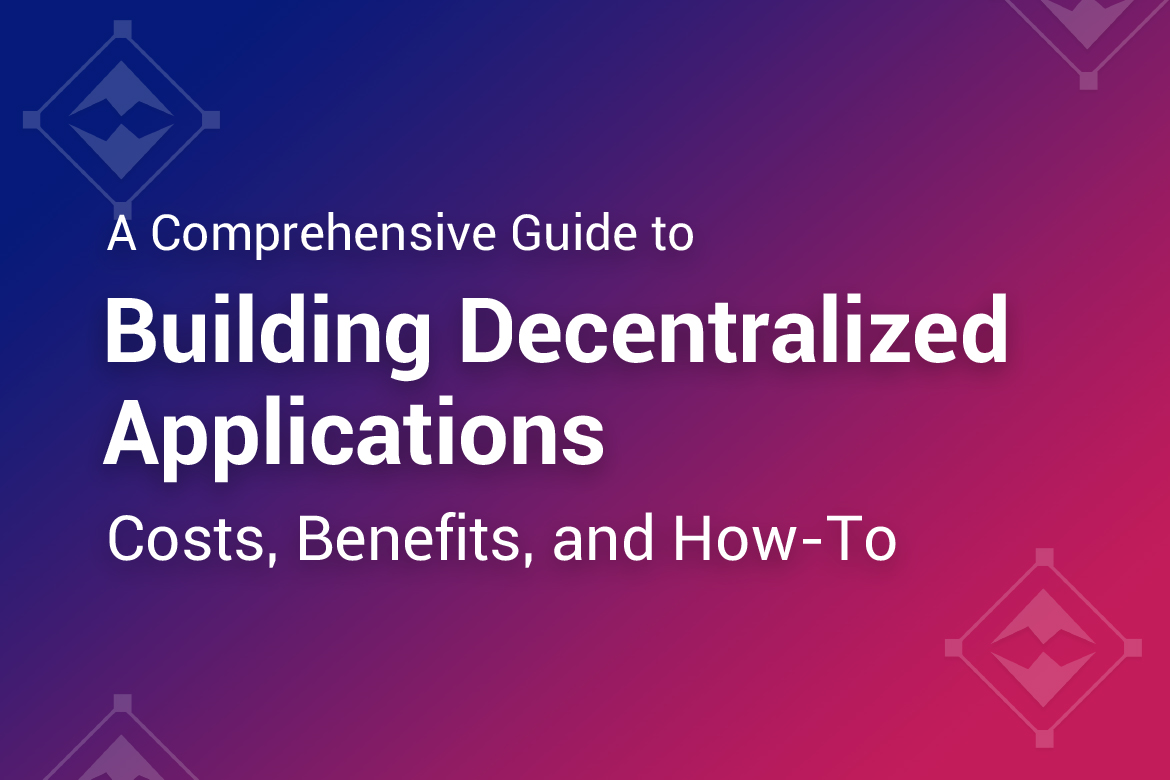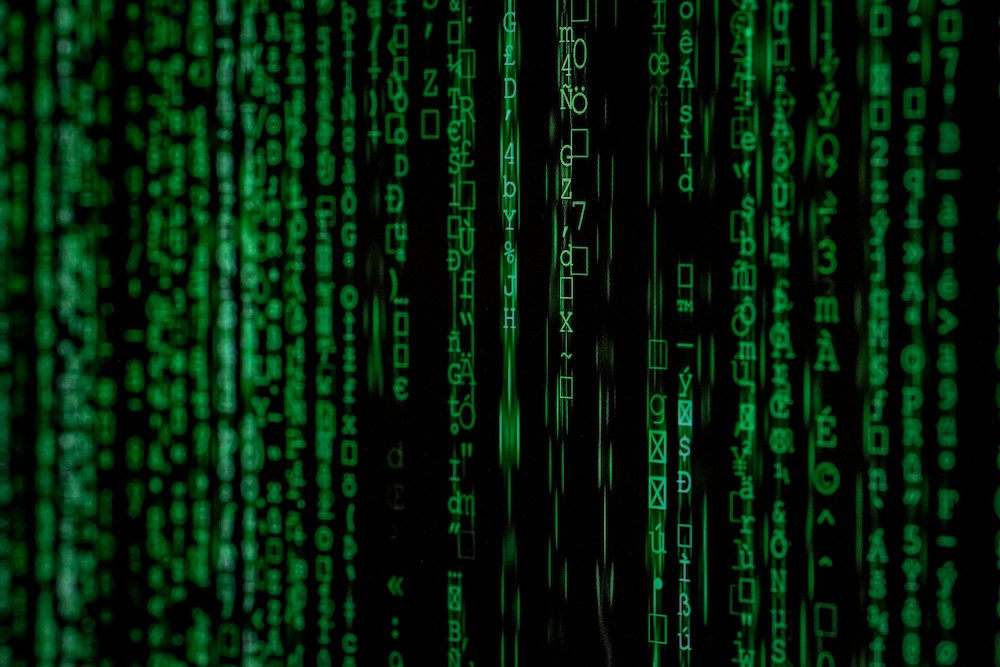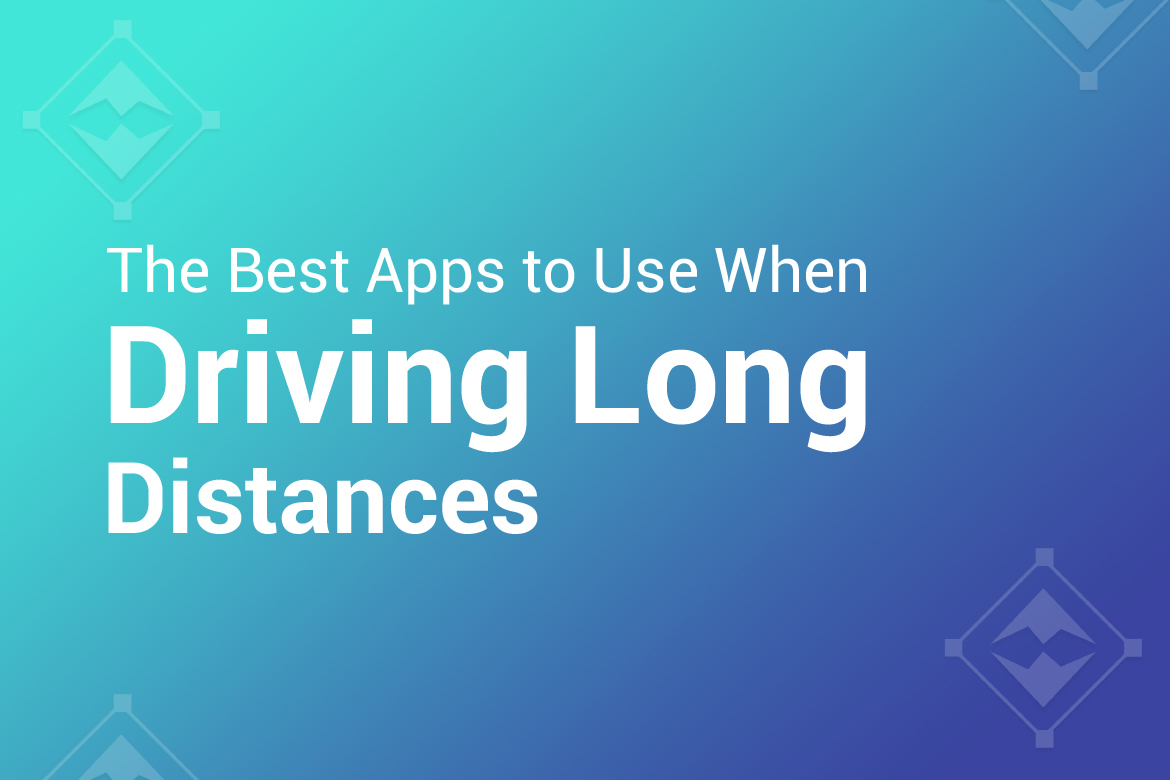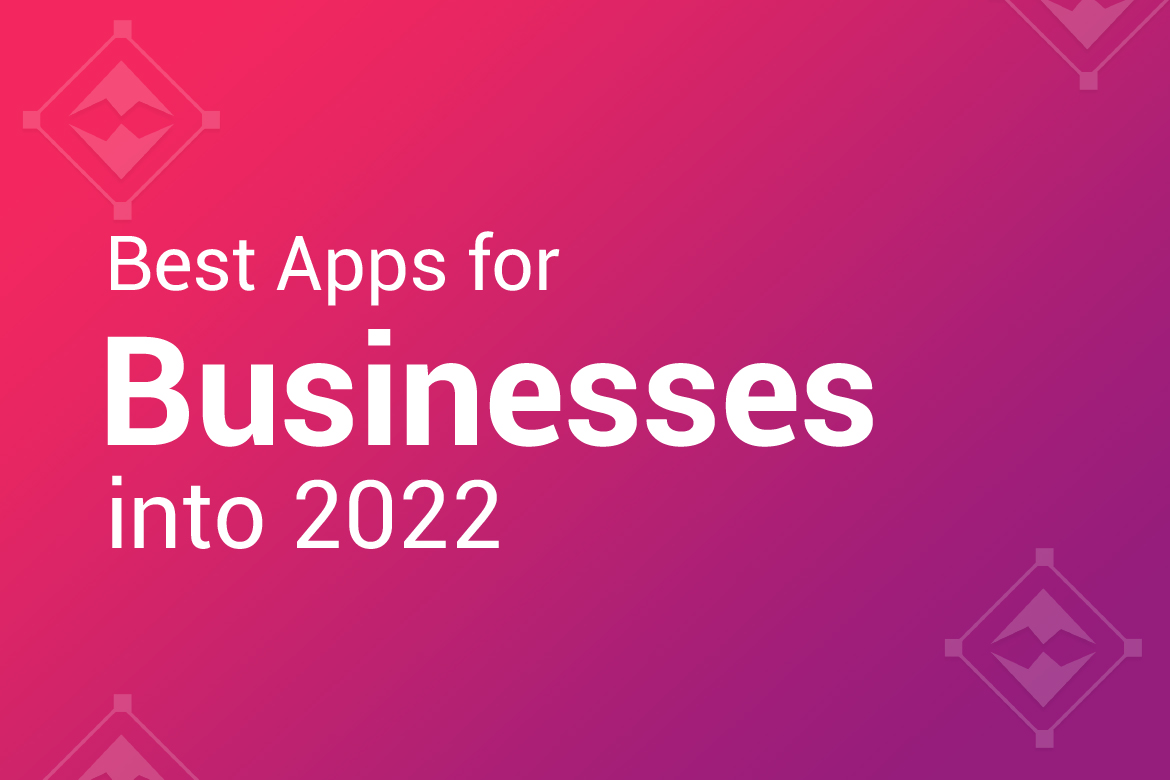A Comprehensive Guide to Building Decentralized Applications: Costs, Benefits, and How-To

Decentralized applications, also known as Apps, are changing the way we engage on the internet by moving away from central control. These apps operate on blockchains or networks of peer-to-peer computers, enhancing their transparency, security, and resistance to censorship compared to conventional applications.
In this post, we’ll explore all the details you need to know in order to create successful Apps, including the expenses involved, the advantages they bring, and a step-by-step guide to the development journey.

Photo by Markus Spiske on Unsplash
The Importance of Stable Networks and Infrastructure
The backbone of any decentralized application lies in the network it functions upon. Choosing the right network is key as it impacts aspects ranging from transaction speed to overall safety.
One economical approach to boosting a App's effectiveness is by putting resources into a cost efficient edge network. Edge computing handles data close to its source, cutting down on delays and enhancing transaction speed on the blockchain. This aspect is crucial for developers looking to fine-tune their application's performance while keeping expenses in check.
Analyzing the Costs of Developing Decentralized Applications
Building a App comes with a range of expenses that reach beyond the initial coding stage. The setup phase encompasses deploying smart contracts, which incur gas fees, a type of transaction cost in blockchain networks.
Furthermore, developers need to consider continual upkeep expenses, covering smart contract updates and expenses linked to network security. On top of that, unforeseen costs may pop up, like the necessity to hire specialized developers well-versed in blockchain tech, potentially demanding higher salaries due to their specialized knowledge.
Exploring the Benefits of Decentralized Applications
Although there's a hefty upfront cost, Apps bring considerable benefits. Unlike regular apps, they provide a level of transparency where users can check transactions and data on the blockchain directly. This transparency slashes the necessity for middlemen, hence lowering expenses and chances of breakdowns.
Security stands out as another big plus, given the decentralized setup of these apps, making them tougher targets for hacks and data tampering. Sectors like finance and logistics have witnessed significant shifts because of Apps, proving their capability to simplify processes and cut expenses.
Choosing the Right Development Tools and Frameworks
Selecting the correct development tools and frameworks holds considerable sway over a App project's effectiveness and success. Ethereum stands out for its vibrant community and powerful development tools, whereas Hyperledger boasts adaptability and modularity for tailored blockchain solutions.
Truffle and related tools provide developers with specialized setups for building blockchain apps, including development environments, testing frameworks, and asset pipelines. When deciding on these tools, developers must assess their project's unique needs and their team's proficiency to ensure they opt for the most suitable and impactful one.
Step-by-Step Guide to Building Your First App
To start building a App, it's crucial to clearly define what the app aims to achieve and what it can do. Once the idea is solidified, the ensuing stage requires crafting and deploying smart contacts that will effectively operate on the blockchain. These contracts manage the operational logic and data handling of the application.
After the development of smart contracts, attention shifts to crafting the user interface to ensure seamless navigation and accessibility. Integration of the frontend with the blockchain is facilitated through Web3 libraries, enabling the application to engage with the blockchain network and execute transactions. Testing emerges as a pivotal stage, requiring meticulous scrutiny to verify the proper functioning of contracts and to address any potential vulnerabilities.
Maintaining and Scaling Your App
Once your App is up and running, keeping it in top shape is key. This means regularly tweaking the smart contracts and user interface, tackling any user problems head-on, and making sure your platform keeps up with the latest in blockchain tech.
As more people join in, you'll need to amp up your game. Scaling up means considering options like layer-two solutions that handle transactions outside the main blockchain, or sharding, which splits the blockchain into smaller, more manageable parts for speedier processing.

Photo by John Schnobrich on Unsplash
Final Thoughts
Developing decentralized applications comes with its own set of challenges and chances. While the costs can be steep, the advantages of improved security, transparency, and efficiency are crystal clear.
Blockchain technology is ever-changing. In fact, projections indicate that the international market for blockchain technology will escalate from $19.7 billion in 2024 to $2,450.4 billion by the end of 2034, demonstrating rapid proliferation with a compound annual growth rate (CAGR) of 62% during that period.
Thus, being well-informed and adaptable is crucial for success in this dynamic field. By grasping the detailed steps and considerations outlined in this guide, developers can confidently embark on their journey of App development.



